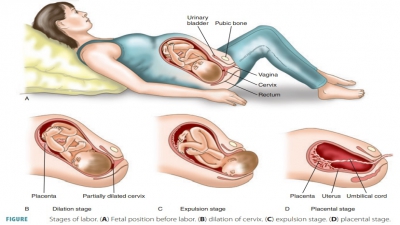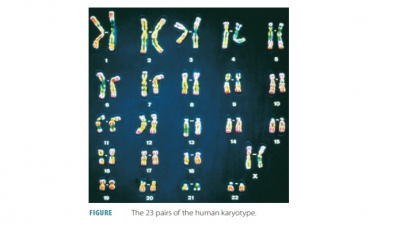Effects of Aging on the Reproductive System
| Home | | Anatomy and Physiology | | Anatomy and Physiology Health Education (APHE) |Chapter: Anatomy and Physiology for Health Professionals: Reproductive System
Production of sperm in males begins at puberty and continues throughout life. In females, the total supply of eggs is determined by the time of birth.
Effects
of Aging on the Reproductive System
Production of sperm in males begins at puberty and continues
throughout life. In females, the total supply of eggs is determined by the time
of birth. Females release eggs from puberty until menopause, which signifies the end of reproductive life. Menopause
usu-ally occurs between ages 45 and 55, with menstrual cycles becoming
irregular in the years before it occurs. Called perimenopause, this period is signified by the number of primordial
follicles dropping every month, causing estrogen levels to decline and
ovulation to eventually cease.
Progesterone levels also decline and GnRH, FSH, and LH
levels rise sharply. The uterus and breasts decrease in size and the epithelia
of the urethra and vagina thin. Reduced estrogen is linked to osteoporo-sis.
Neural effects of menopause include “hot flashes,” anxiety, and depression.
Risks of atherosclerosis and other cardiovascular diseases also increase.
Hormone replacement therapy may be required for women with severe menopausal
symptoms. Menopause results in atrophy of the breasts, drying of the vagina,
and an increase in vaginal infections. The menopausal woman may become
irritable and have extremely dilated blood vessels in her skin, thinning of the
skin, and loss of bone mass.
In recent years hormone replacement therapy has been linked
to significant increases in heart disease, invasive breast cancer, stroke, and
dementia. However, new data show that the smallest possible dose of hor-mone
replacement therapy, for the shortest possible time, does reduce menopausal
symptoms in women without existing breast cancer or the mutated BRCA gene or genes linked to the
disease.
In men, changes due to aging occur more gradu-ally than in women. Declining reproductive function is referred to as andropause or the male climacteric. Testosterone levels decline between ages 50 and 60, whereas FSH and LH levels increase. Although sperm production may continue past age 80, sexual activity gradually decreases. Sperm motility decreases with aging, slowing their movement greatly. Although a younger man’s sperm move through the uterine tube in 20–50 minutes, the sperm of a 75-year-old man require two to three days. Although testosterone replacement therapy can be used to enhance sexual drive, it may increase the risk of prostate disease.




